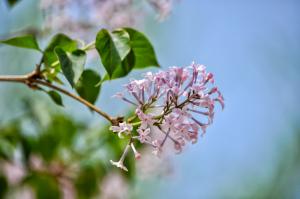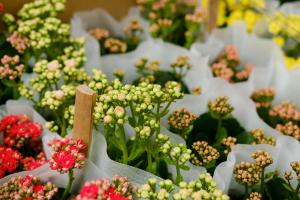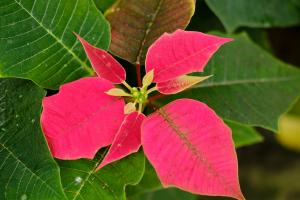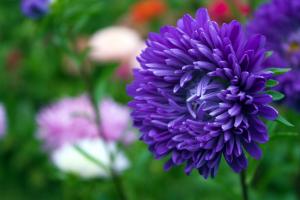1、 Curing method
1. Temperature: its habits can also be inferred from its main planting areas. It has high requirements for temperature. At higher temperatures, its growth is good and its fruit quality is good. Specifically, it has to be kept between 23 and 28 degrees. The annual average temperature must be above 15 degrees
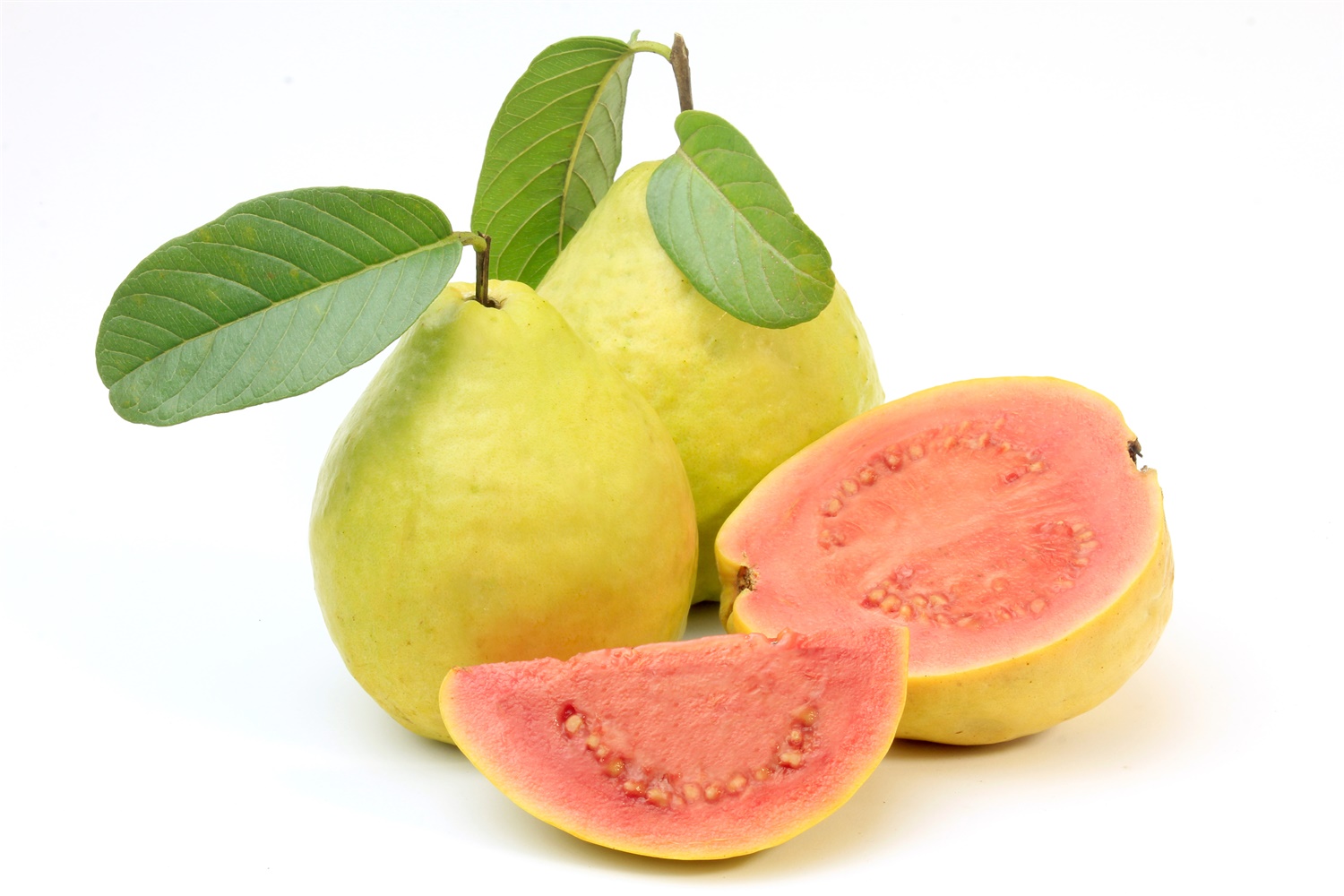
2. Light: it also needs more sunshine because it likes light very much. Its native area is also tropical, and the sunshine is relatively strong. Therefore, when maintaining at ordinary times, we must provide sufficient sunshine, especially when it is flowering and fruiting
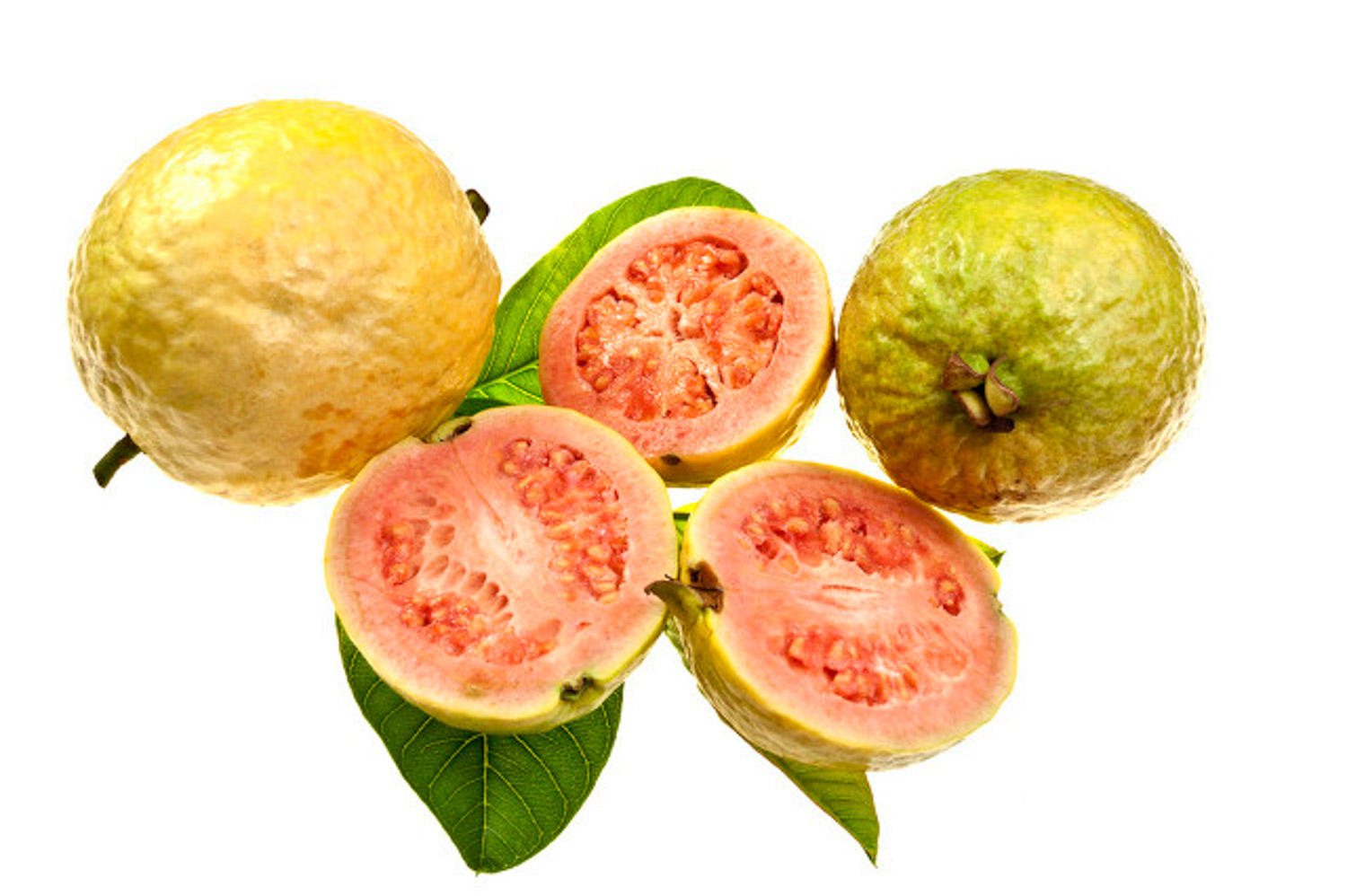
3. Watering: guava likes humidity, but its drought resistance and waterlogging resistance are good. In the growth period, try to provide sufficient water. Generally speaking, it is more suitable to plant it where the annual rainfall is between 1000 and 2000 mm

4. Fertilization: when using fertilizer, pay attention to the combination of chemical fertilizer and organic fertilizer. In the first and second year of planting, the relative fertilizer demand is relatively large

2、 Breeding skills
1. Propagation: it can be propagated by sowing. Seeds can be sown immediately after harvest. Specifically, the method adopted is mainly "drill sowing" or "sowing". About two to four weeks later, the seedlings can emerge. About a year later, it can be colonized

2. Pruning: first, when the height of Euryale ferox grows up to 50 or 60 cm, it must be cut and dried to let the new shoots germinate. Select several branches with good growth and relatively uniform distribution as the main branches and several as the sub main branches, and cut the rest. In addition, its shape can also be treated to some extent

3、 Problem diagnosis and treatment
1. Diseases: the main possible diseases are "ulcer disease", "bacterial wilt", etc. For these two types, poldor can generally be used for prevention and treatment. There will also be "anthrax", "soot disease" and so on, which can be treated with class a tobuzin

2. Pests: there are "nematodes", "whiteflies" and so on. Chlorpyrifos can be used for prevention and treatment, and lime should be used for disinfection

4、 Other issues
1. Toxicity: its plants are non-toxic and its fruits are non-toxic

2. Whether it can be raised at home: it can be put at home as a bonsai and sometimes bear fruit


 how many times do yo...
how many times do yo... how many planted tre...
how many planted tre... how many pine trees ...
how many pine trees ... how many pecan trees...
how many pecan trees... how many plants comp...
how many plants comp... how many plants can ...
how many plants can ... how many plants and ...
how many plants and ... how many pepper plan...
how many pepper plan...